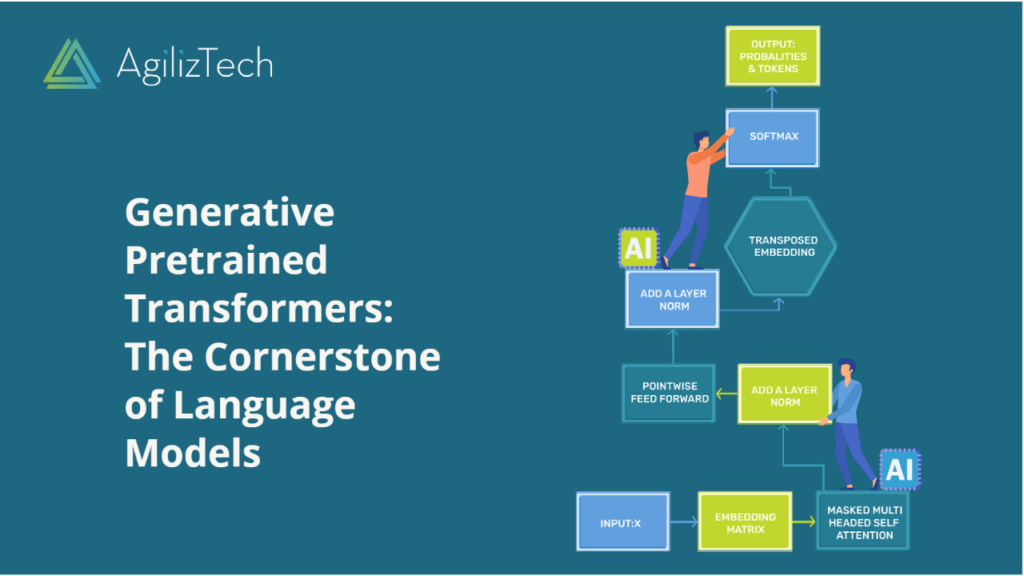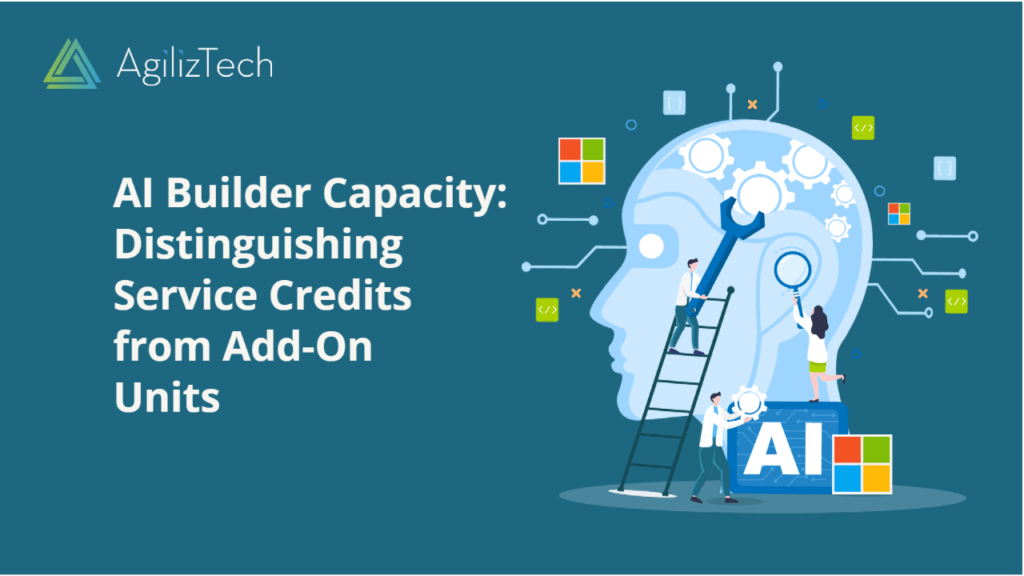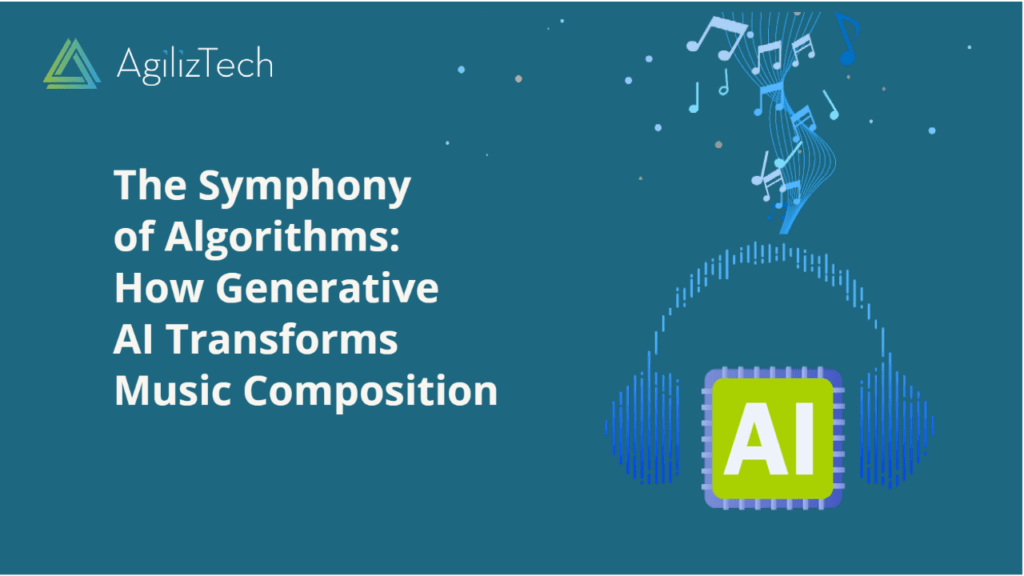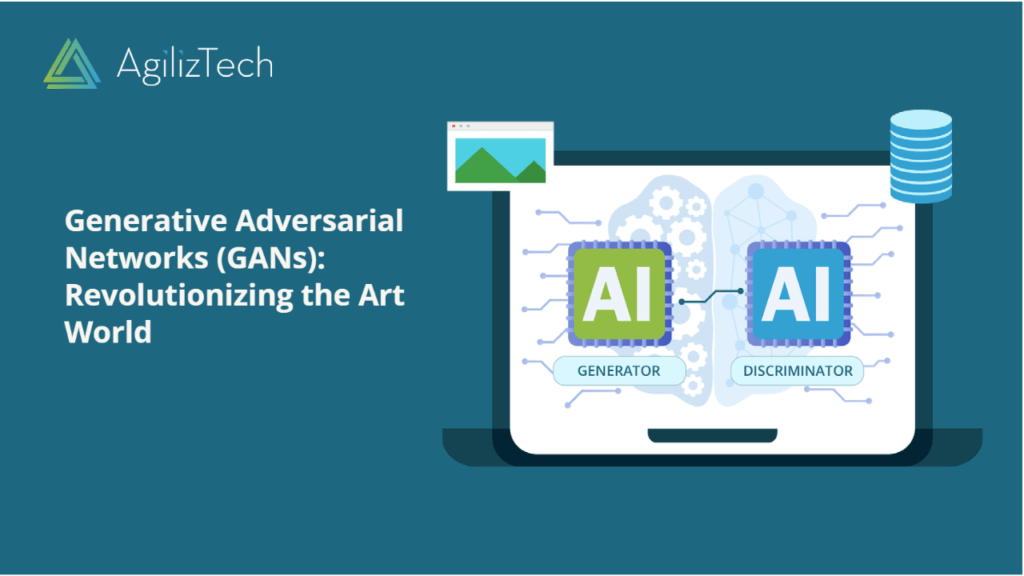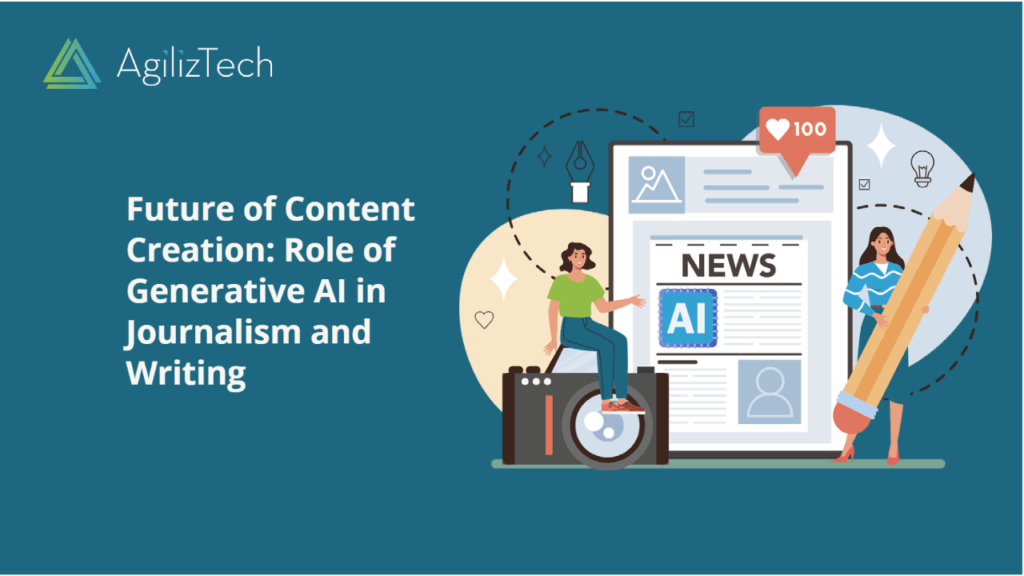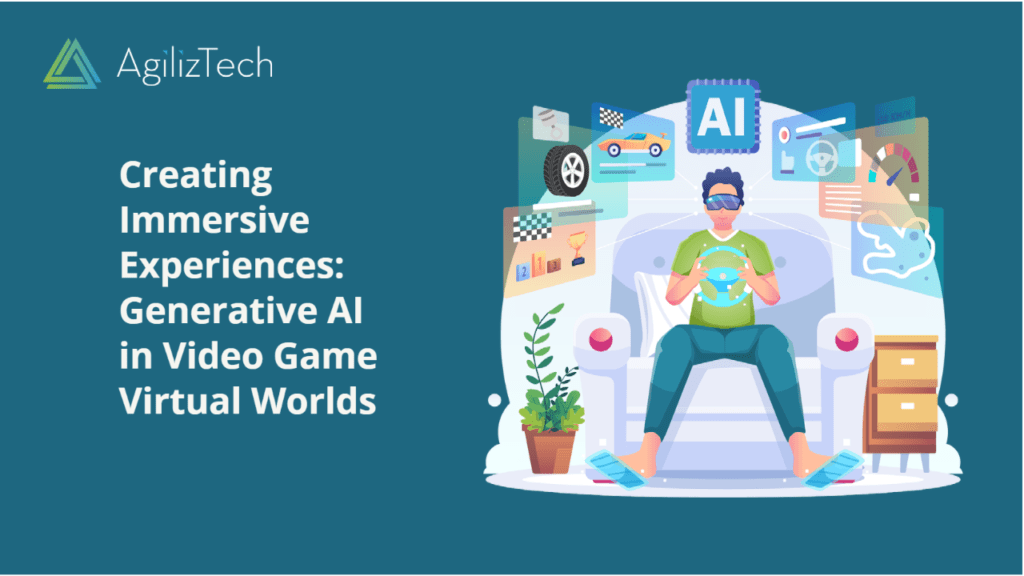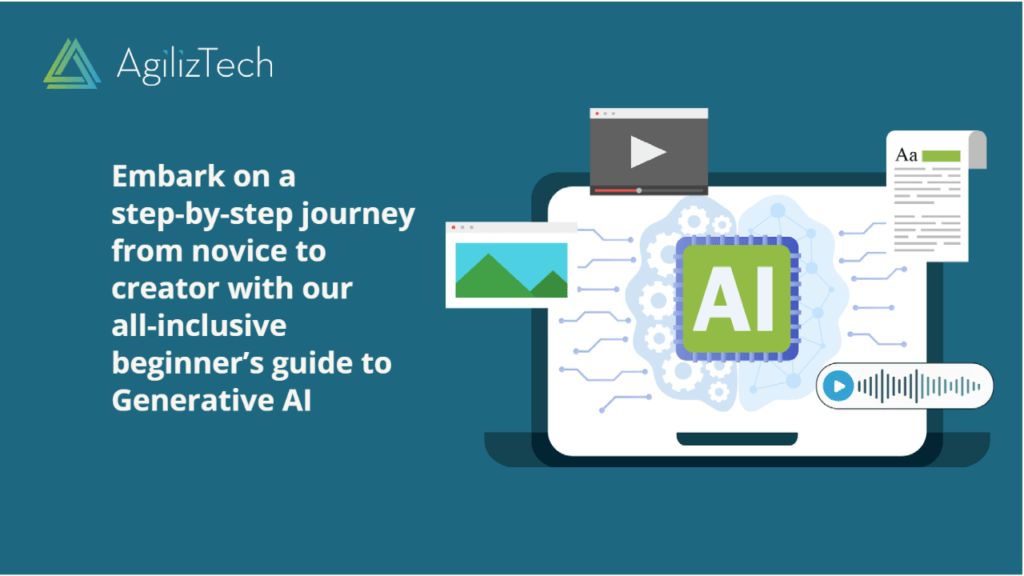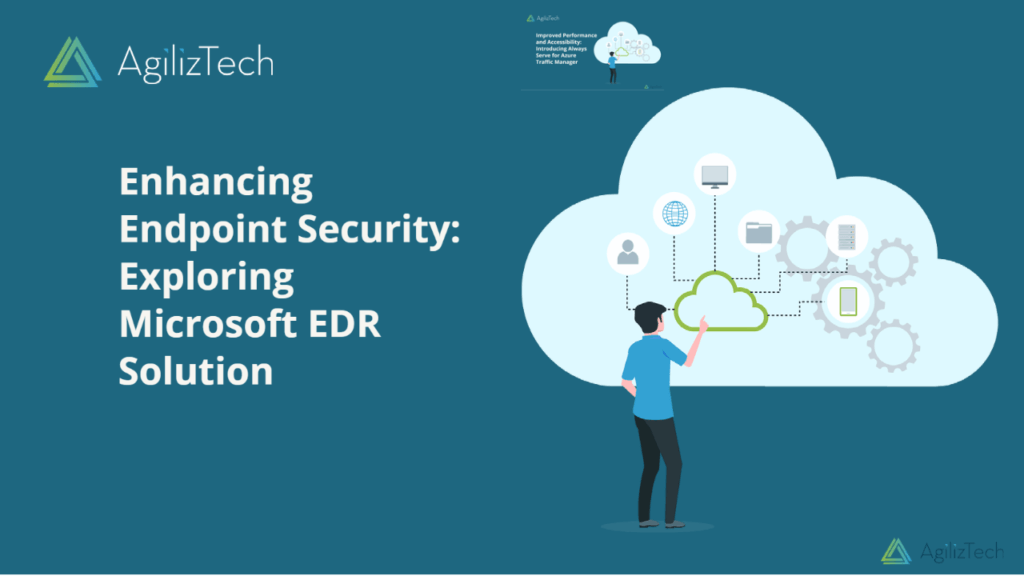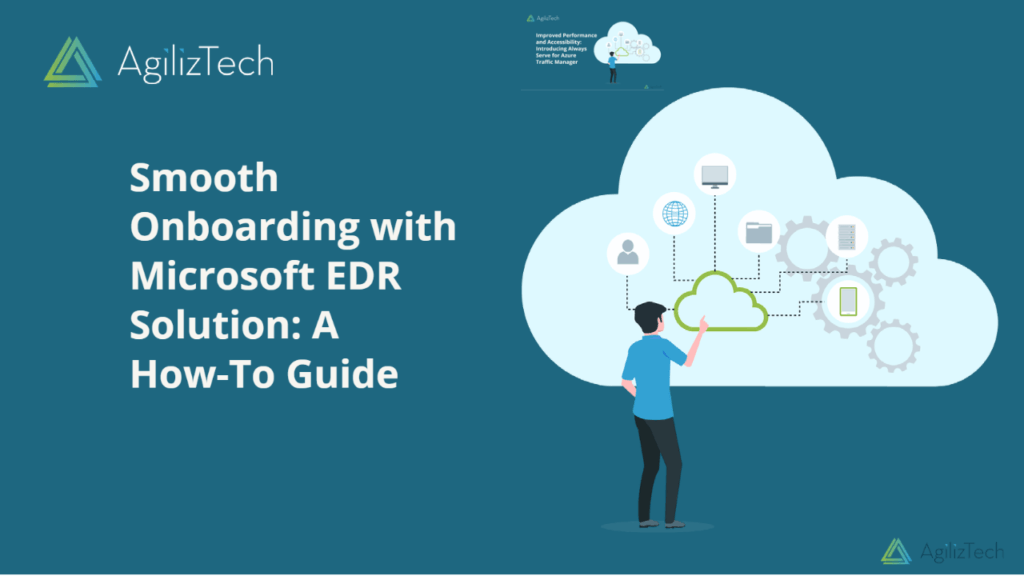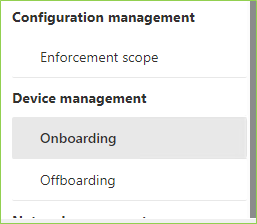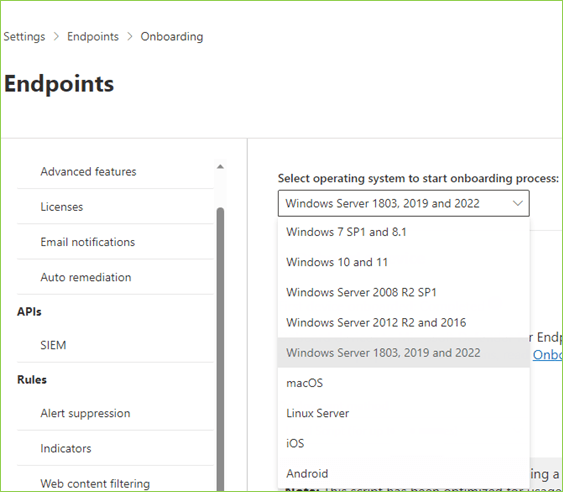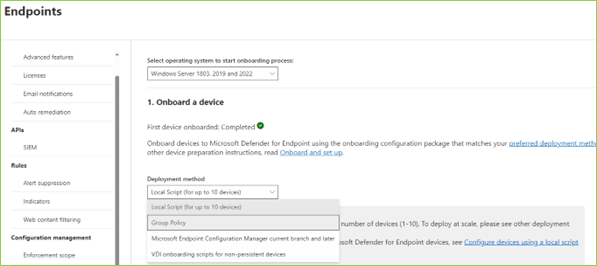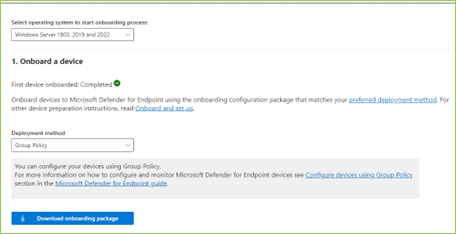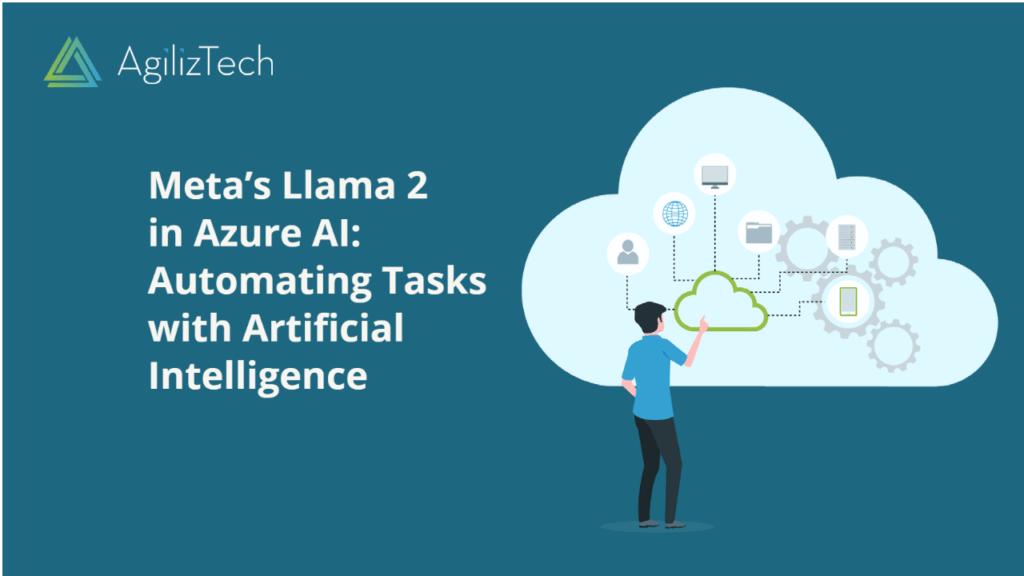Generative Pretrained Transformers: Revolutionizing AI with Advanced Language Models
Introduction
Generative Pretrained Transformers (GPTs) have become the cornerstone of language models, ushering in a new era of AI technology. In this blog post, we will delve into the inner workings of models like GPT-3, exploring how they function and the profound impact they have had on the field of AI. These advanced language models have not only revolutionized language generation but have also opened up exciting possibilities for creativity in Generative AI.
Understanding Generative Pretrained Transformers
Generative Pretrained Transformers, or GPTs, are deep learning models that undergo extensive pretraining on vast amounts of text data. By utilizing Transformers, a powerful neural network architecture, GPTs excel in capturing long-range dependencies in sequential data. During training, these models learn to predict the next word in a sentence based on the preceding context, enabling them to grasp the statistical patterns and structures of human language.
The Power of GPT-3
GPT-3, developed by OpenAI, stands as a remarkable example of a Generative Pretrained Transformer. With a staggering 175 billion parameters, GPT-3 exhibits unparalleled language generation capabilities. Its sheer size allows it to generate text that closely resembles human speech, with impressive fluency and coherence. GPT-3 can compose essays, answer questions, translate languages, simulate conversations, and even write code snippets, showcasing its versatility and creative potential.
The Impact of GPT-3 on AI Technology
The introduction of GPT-3 has had a profound impact on AI technology:
- Language Generation: GPT-3 has pushed the boundaries of natural language generation, allowing machines to produce text that is remarkably human-like. Its advanced capabilities have found applications in content creation, creative writing, and even generating conversational responses.
- Creative Applications: GPT-3 has opened up new frontiers for creativity in Generative AI. Developers and innovators are leveraging its power to generate art, music, and poetry, exploring the intersection between AI and human creativity.
- Conversational AI: GPT-3 has elevated the capabilities of virtual assistants and chatbots by providing more natural and context-aware responses. It enables machines to engage in more human-like interactions, enhancing user experiences.
- Conclusion
Generative Pretrained Transformers, exemplified by models like GPT-3, have revolutionized the field of AI language models. These advanced models, trained on massive amounts of text data, have unlocked the potential for machines to generate human-like text with remarkable fluency and coherence. GPT-3’s impact on AI technology is immense, from language generation and content creation to creative applications and conversational AI. As the field continues to evolve, we can anticipate even more exciting advancements in Generative Pretrained Transformers, further propelling the boundaries of AI and human creativity.
Sources:
– OpenAI GPT-3: OpenAI GPT-3
